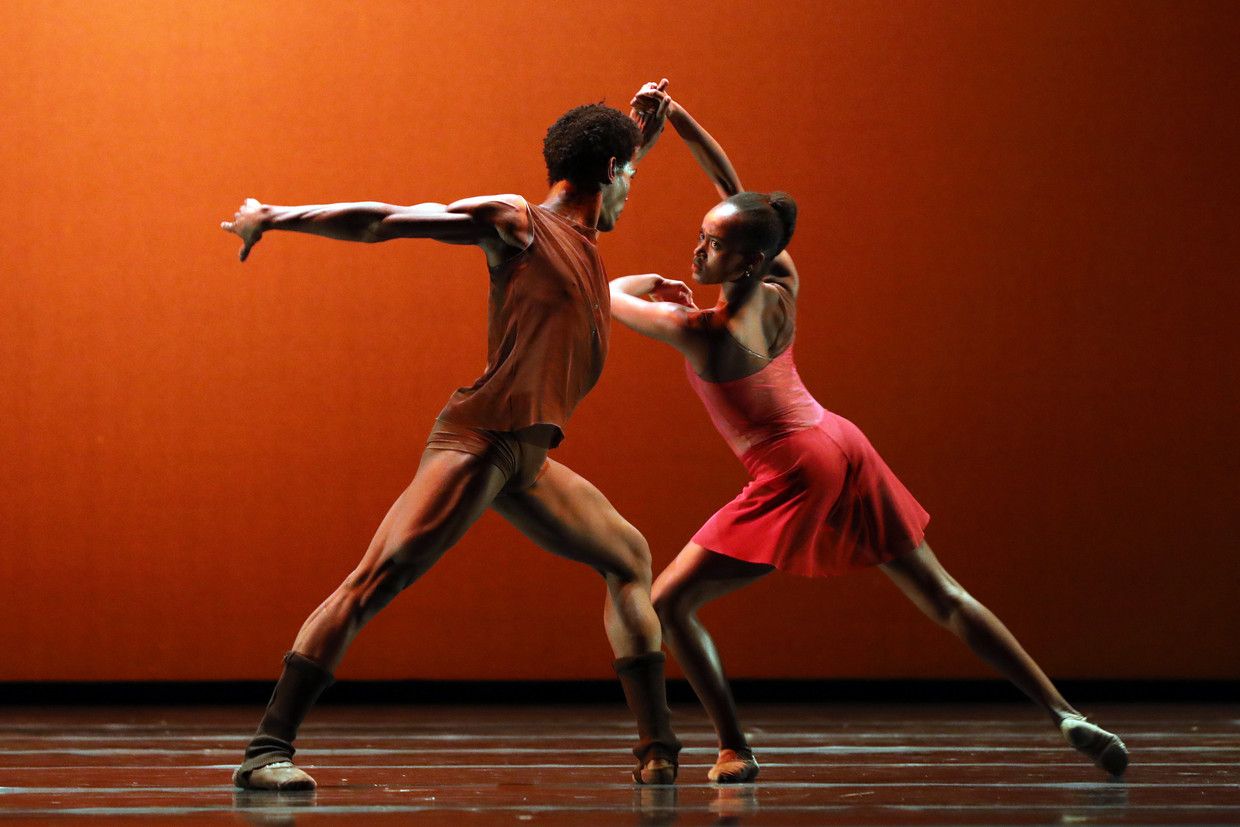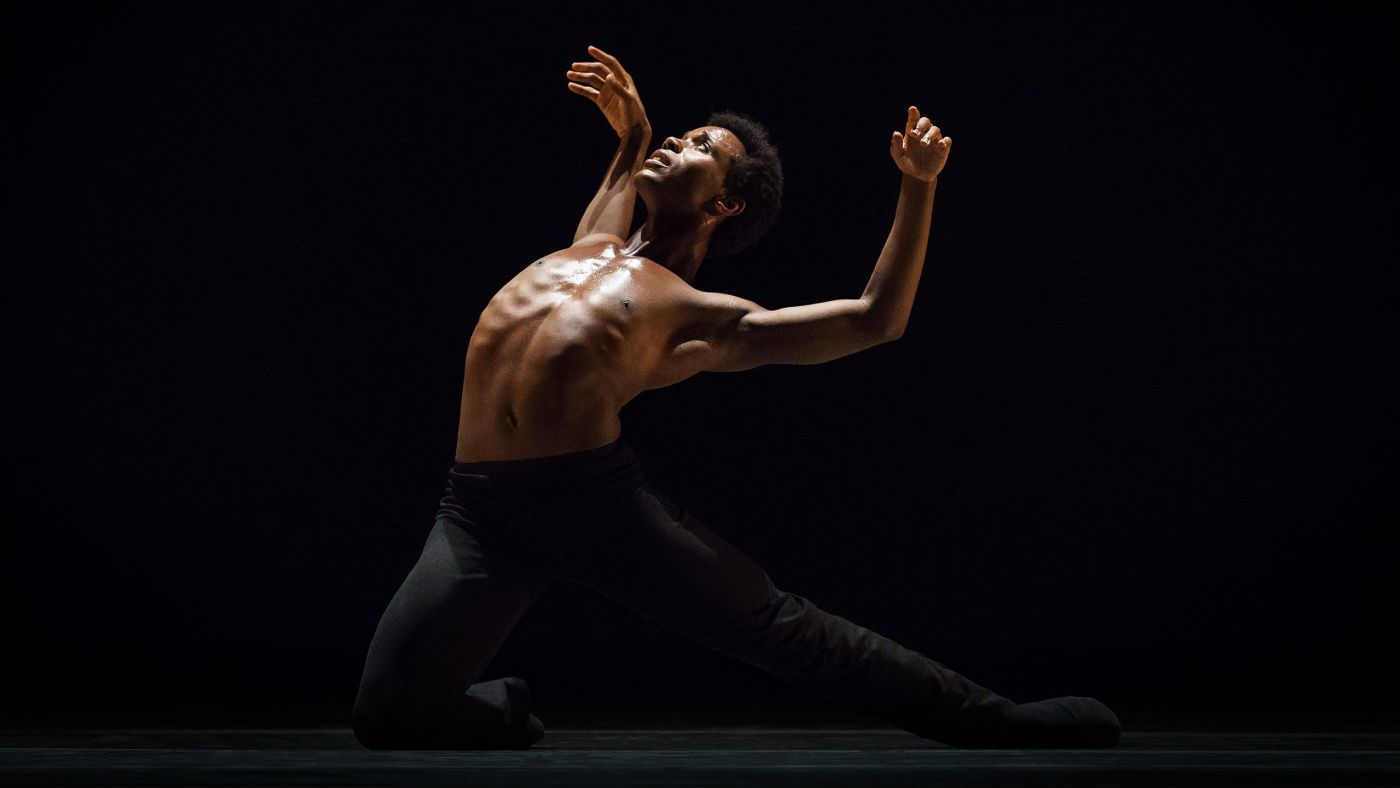
Ted Brandsen: 'We need to become much more proactive'
Makers Carmen Lamptey and Gabriela Acosta Camacho ask Ted Brandsen, director of the Dutch National Ballet a few crucial questions on the occasion of Black Achievement. What is the company's current situation with regard to diversity and inclusion?
Carmen: What does Black Achievement Month mean to you? Why is Dutch National Ballet taking part?
Ted: For me, Black Achievement Month is a month in which black artists, black scientists and other prominent figures of colour are celebrated. When I was approached five years ago by the organisation with the question to join, I immediately said 'yes'. We want to put the talents of dancers and artists of colour in the spotlight. Because they are definitely there, and they deserve to be seen and recognised. At the same time, my feelings are also a bit ambiguous. It saddens me that we need this month. At the end of the day, we want an inclusive society in which we celebrate the achievements of everyone, regardless of colour or origin.
Gabriela: You would like to see such a special month no longer needed in the future. What is the role of Dutch National Ballet in this? What steps are you taking to get to that point?
Artistically speaking, we will be inviting more choreographers with a different cultural background to work with us in the future. For example, we are really happy with our recent collaboration with Sedrig Verwoert and want to take it further. When entering into these collaborations, however, it is crucial for me that there is artistic cross-fertilisation. The different parties need to challenge, strengthen and reinvigorate each other. This also happens very strongly in our collaboration with ISH Dance Collective. We have already made two successful productions with them, and a third project is on its way.
That project, Dorian, was actually supposed to premiere this autumn, but unfortunately we had to postpone it for a year and a half because of the pandemic. Talks are already under way for a fourth project, by the way. In addition, we are working with ISH in the field of talent development. For example, young choreographers from ISH have participated in our Choreographic Academy.

Carmen: I understood that your plan for the coming years states that you would like your company to reflect society. Why is that?
As a performing arts company you have to connect with the city and the country in which you operate. If in a city like Amsterdam, which is so diverse and multicultural, we only had white dancers, something really would be off. However, we are still not doing a good enough job of making that connection. There are many different and complex reasons for this. For example, you notice that ballet still has a very 'white' image, whereas in practice it hasn't really been that way for a long time. If you look at our dancers, for example, 25% of them don't have a white background.
Carmen: I hear you say that the company could be much more diverse and inclusive. How do you want to achieve that?
In any case, we have discovered that we as an organisation need to adopt a much more pro-active attitude. In order to become a good ballet dancer, for example, you have to start dancing at a professional level before you even reach the age of ten. At a later age you just won't be able to catch up. That's why, together with the Ballet Academy, are also actively looking for talent in places such as Amsterdam Zuidoost, in order to bring young talents onto the path of ballet in time. We are also strengthening our ties with contacts in South Africa, the US and Cuba, in order to be able to scout more specifically for dancers of the level we require. After all, the high level of the dancers always weighs most heavily for our company.

Gabriela: I hear a lot of good intentions, but could you also mention five concrete points that the organisation is going to work on?
We have, of course, our programming, which I have already mentioned and in which you will see much more cross-fertilisation in the years to come. In other areas, we still need to set concrete targets, for example in terms of the diversity of our audiences and staff. I am open to all suggestions, because it really is something we have to do together.
Gabriela: Speaking of together, what about your staff? Where does this vision with regards to diversity come from and is it shared by everyone?
The vision comes from the management and is already supported by many employees from different departments, but we are certainly not there yet. There are still many blind spots. That is why we have asked an external advisor, Freek Ossel, to take stock of the current situation and to issue a number of concrete recommendations, so that we can now take these important steps in a thorough and structured manner.